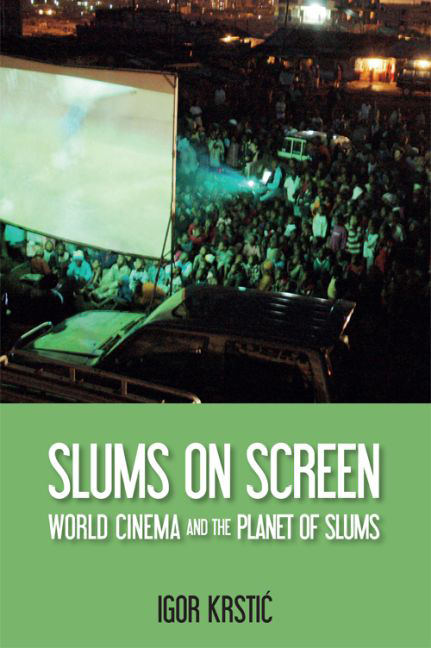8 - Favelas on Screen
from Part Two - Local Expressions
Summary
[The sertão and the favela] are both real and symbolic lands which to a large degree invoke Brazilian imagery; they are lands in crisis.
Ivana BentesThe term favela originally referred to a plant, that is, to bushes with spiked leaves and oil-yielding nuts that are able to survive on stony soil. In this sense, the term has a double meaning since, like ‘their namesake, the favela communities thrive on little and provide sustenance to many’ (Perlman 2010: 24). However, the term also refers to a mountain and a historical event: soldiers who fought in the so-called ‘Guerra de Canudos’ (1895–6) – a counterinsurgency against a rebellion that took place near a hill called ‘Morro da Favella’ and which counts as the largest civil war on Brazilian soil – returned to Rio, where they waited for payments and land grants promised to them by the government. While waiting, the soldiers pitched their tents alongside recently freed slaves and displaced plantation workers, who were already camping on a hill called Morro de Providência. These soldiers renamed the hill ‘Morro da Favella’ because there were bushes there, which reminded them of the favela bushes in Canudos. From then on, when it designated ‘a specific place, favela became eventually the general denomination of an urban phenomenon typical of Rio's development from the 1920s on, whereby settlers built precarious homes in land they did not own’ (Valladares 2009: 2). It is for this reason that in the 1920s, favela became a generic term for squatter communities, shantytowns, slums and all types of informal, illegal or irregular settlements in Rio used by the locals but also by the city administration or social scientists. Today an estimated nineteen per cent of Rio de Janeiro's population, over one million people, live in around one thousand favelas – the largest favela population of all Brazilian cities.
Favelas have also been a major theme and important setting of many Brazilian films. Its first appearance in a movie reaches back almost as far as to the emergence of the term itself. Similarly, the sertão – the vast, semi-arid, and contrary to the crowded favelas, underpopulated spaces of the northeastern hinterland of Brazil – has continuously reappeared throughout the decades as a major film location.
- Type
- Chapter
- Information
- Slums on ScreenWorld Cinema and the Planet of Slums, pp. 195 - 224Publisher: Edinburgh University PressPrint publication year: 2016



